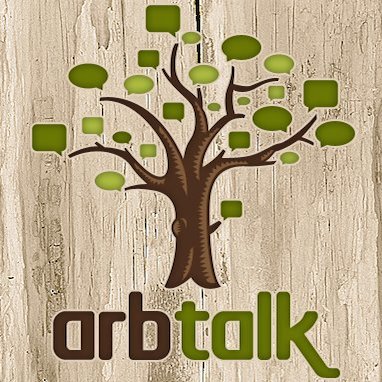- Location
- Somerset
Hello,
I have an old sawbench that i would like to know some more about. I specifically need to know how the bed would have been driven, as all of the mechanisms for that are missing/disconected. I have attached a picture. I think it could be stenner and gunn of tiverton? Not sure. Looks similar to their number 2 but it doesnt have any of the same drive mechanisms.
 .
.
I have an old sawbench that i would like to know some more about. I specifically need to know how the bed would have been driven, as all of the mechanisms for that are missing/disconected. I have attached a picture. I think it could be stenner and gunn of tiverton? Not sure. Looks similar to their number 2 but it doesnt have any of the same drive mechanisms.















